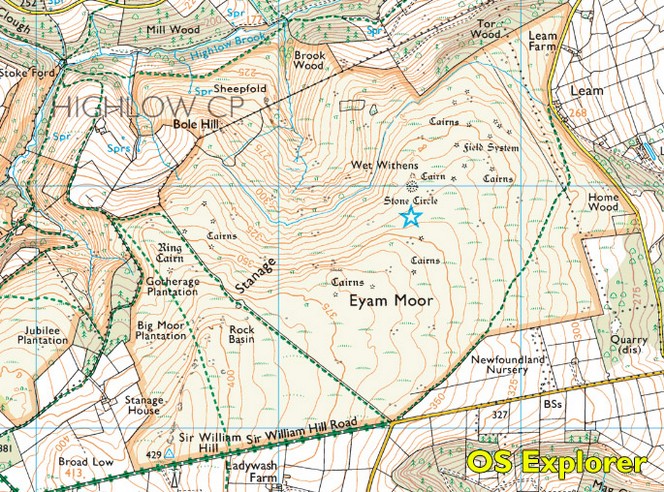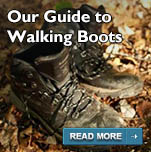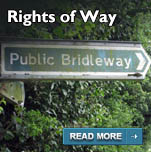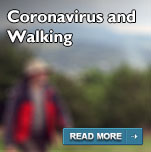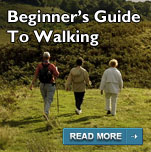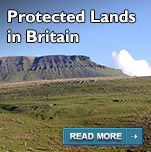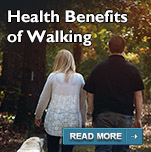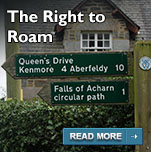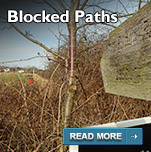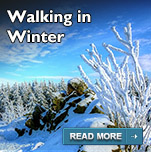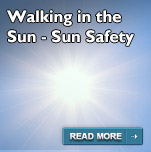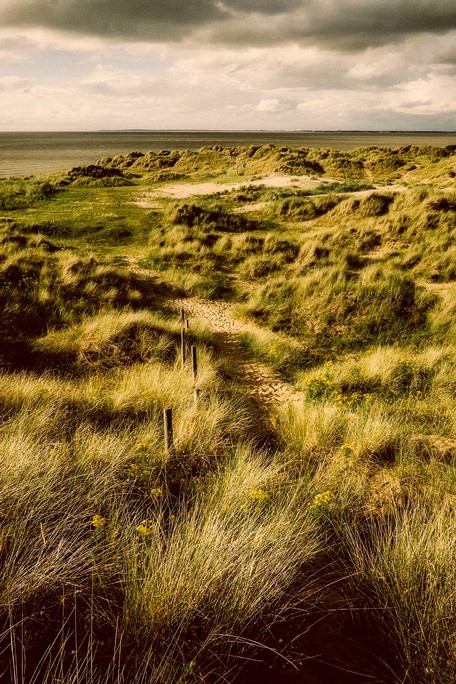
Our Guide to Open Access Land in England and Wales
Historically, the landscapes of England and Wales were mainly closed off - reserved for their well-off owners. Walkers had to stay rigidly to the public rights of way and couldn't roam generally across the countryside.
And then came the Kinder Mass Trespass in 1932, where a group of around 400 mainly working-class walkers left Sheffield and Manchester for an organised trespass onto Kinder Scout in the Peak District.
That direct action started an access movement which saw the establishment of the National Parks, long distance trails including the 15 National Trails and finally, the Countryside and Rights of Way Act 2000 - which is responsible for opening up thousands of square miles of countryside in England and Wales under something called Open Access.
What is "Open Access land"?
The Countryside and Rights of Way Act 2000 (the CRoW act) gave people the right to walk on most areas of open country in England and Wales - which is defined as mountain, moor, heath, down and common land. This is called Open Access land.
This right gives walkers the freedom to roam over Open Access land without having to stick to Public Rights of Way.
However, despite being labelled as a "right to roam", it isn't really - not like in Scotland. It is a right to roam on land which has been designated Open Access, and not any land. Even in Open Access land, there are exceptions - and temporary restrictions may apply at certain times of the year.
Areas of Open Access land are some of the most tranquil and beautiful parts of our landscape - some of which haven't been legally open to ramblers for hundreds of years.
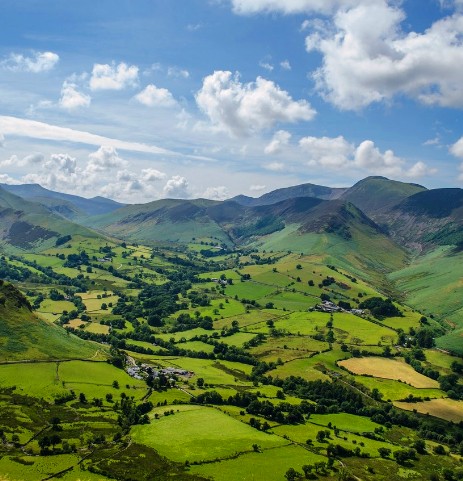
What you can and can’t do on Open Access land
On Open Access land in England and Wales you can…
- walk
- sightsee
- bird-watch
- climb
- run
However, you can't…
- ride a horse
- ride a bicycle
- camp - including wild camping
- take any animal on the land other than dogs
- drive a vehicle - except mobility scooters and powered wheelchairs
- undertake water sports
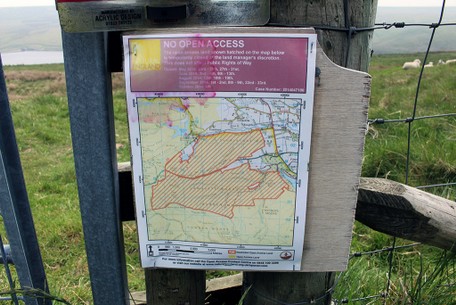
What are the Restrictions to Open Access?
Open Access land is available to walk on throughout the year - but sometimes there are special circumstances might restrict access to access land. These restrictions usually exist for land management purposes and public safety.
There are different types of land restrictions, and they can vary in length - with some lasting only a short time, while others last longer. Restrictions which are intended on being more longer term are usually made only after public consultation.
There are three major types of restriction...
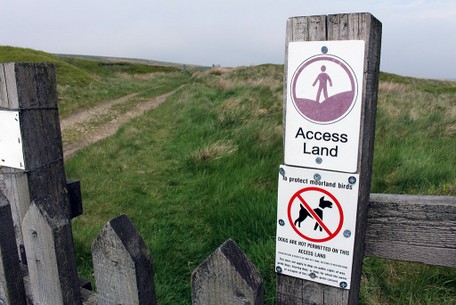
Discretionary restrictions
Landowners can use a discretionary restriction to restrict access for people with dogs to their land for lambing or on grouse moors. In addition, they can also restrict the right of access to their land for up to 28 days a year - see below.
Discretionary restrictions can be placed and removed at short notice, so it is important to be on the look out for signs on any Open Access land, and check the latest information on the websites listed below.
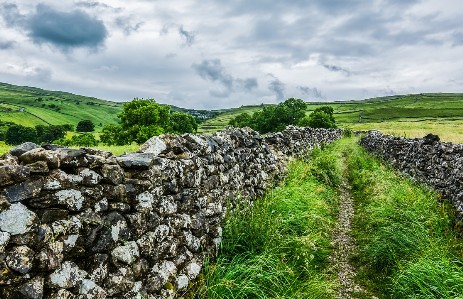
The 28 day option
As you'd expect, this can be used to close Open Access land across 28 days in any one calendar year. However, to limit the impact on walkers, it can’t be imposed...
- On Bank Holidays, Christmas Day or Good Friday
- On more than four weekend days
- On any Saturday between 1 June and 11 August
- On any Sunday between 1 June and 30 September
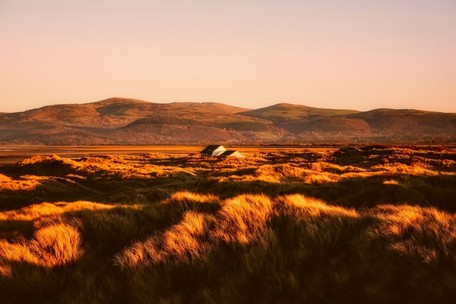
Restrictions by direction (with an application)
Anyone with a legal interest in the land can apply to the relevant authority for restrictions by direction - although they can only be applied for if they are necessary for one or more of the following pressing purposes...
- For reasons of land management
- To avoid the risk of fire
- To avoid danger to the public
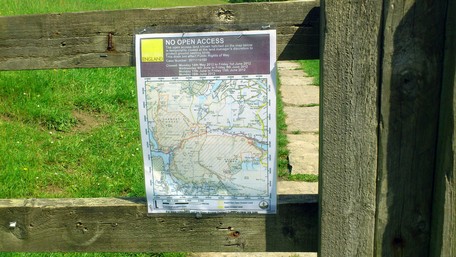
If Open Access land is temporarily restricted , it will be clearly signposted at the boundary of that area of land with signs.
Such restrictions are also available to be searched in advance on the web.
In England, use Natural England's search function here. Natural Resources Wales are working on a new system to show where Open Access restrictions are, and so this information isn't available online at the moment, but should eventually be available here.

What are the Exceptions to Open Access?
Even on Open Access land, some areas remain private - and these are called excepted land. You do't have the right to walk on these areas, even if they appear on a map as being in Open Access land.
Excepted land includes...
- houses, buildings and the land they’re on (such as courtyards)
- land used to grow crops
- building sites and land that’s being developed
- parks and gardens
- golf courses and racecourses
- railways and tramways
- working quarries
To cross areas of excepted land, you must use traditional Public Rights of Way, such as footpaths or bridleways. Not to do so could constitute as an act of trespass against the landowner.
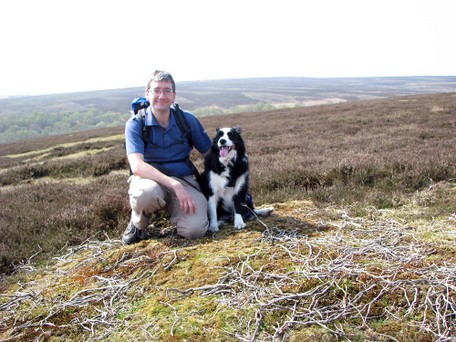
Are Dogs allowed on Open Access land?
The Countryside and Rights of Way Act makes it clear dogs are allowed in general on Open Access land, but there might be restrictions at certain times of the year due to wildlife issues - and some areas of access land may be closed entirely at dogs.
The Countryside and Rights of Way Act makes it clear dogs are allowed in general on Open Access land, but there might be restrictions at certain times of the year due to wildlife issues - and some areas of access land may be closed entirely at dogs.
In addition, certain additional restrictions are in place between the 1st March and the 31st July about dogs on leads.
For the full information about Dogs on Open Access land in England and Wales, see our definitive guide here.
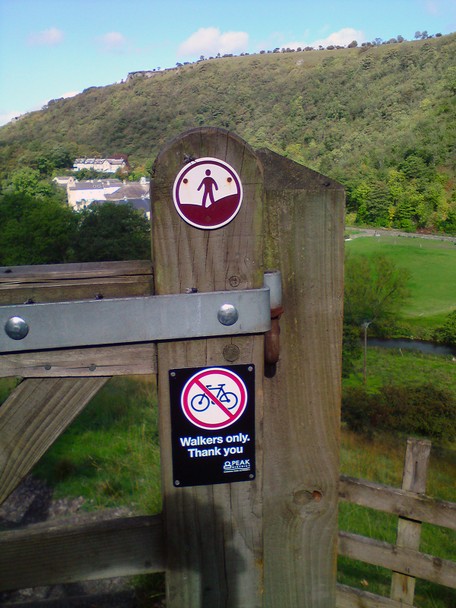
How to find Open Access land
Open Access land is shown in the countryside by the person in a circle logo - which can vary from a brown to a maroon colour.
Ordnance Survey maps show where the areas of Open Access land are in a particular area - although not on every type of map.
Open Access land is marked on the Explorer series (1:25,000 scale) and appears as a yellow shaded area with the tan coloured thicker line showing the boundary.
The smaller Landranger series (1:50,000 scale) does not show Open Access land - see the comparison below...
You can buy OS maps online here or if you just want to look at an area, Bing Maps have both 1:25,000 and 1:50,000 scale OS maps on their website.
